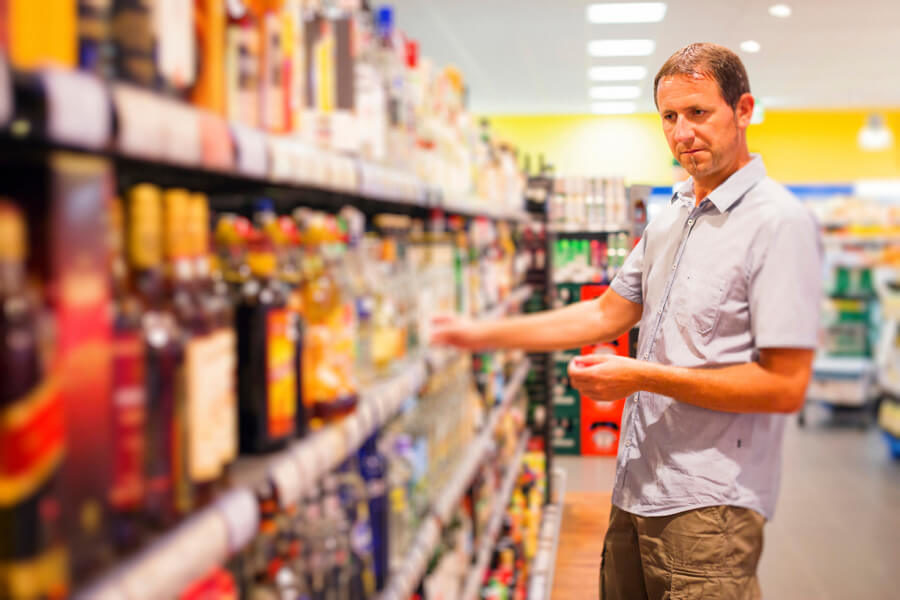Dynamic simulation modelling informs alcohol strategy in Tasmania

DATE
TYPE Prevention Centre News
Following on from a simulation model of alcohol consumption and the effectiveness of harm-reduction policies in NSW, the Tasmanian project will develop a system dynamics model to inform strategies to reduce alcohol-related harms in Tasmania. This will form the basis of Tasmania’s forthcoming new Alcohol Action Framework.
The model will be used to conduct policy experiments that forecast the likely impact of interventions over time, either individually or in different combinations. The model is designed to be interactive and can be used to consider the impacts and trade-offs between different policy options or intensities.
The first modelling workshop was held on 8 May in Hobart and brought together a range of stakeholders ranging from police to alcohol and drugs services, the Liquor Commission and youth services.
Ms Kate Garvey, Manager, Partnership Development at the Department of Health and Human Services Tasmania (DHHS), said the modelling process enabled better understanding of the impact of current interventions and the linkages between them.
Stronger connections
She said it was also leading to stronger connections and different ways of thinking, with buy-in from beyond the health sector including from Treasury, Police and the Education Department. It has already led to consideration of interventions in other areas, such as gambling licensing, that had not previously been considered relevant to the local alcohol problem, she said.
“The usual way of going about developing a new strategy is to go through the last strategy, review evidence (usually from traditional sources) and think about progress in a linear way. We send out the document and often get minimal feedback.
“But this project has enabled us to get people around a very large table and visualise our interventions and intended outcomes.”
Ms Garvey said some of the conversations that were happening outside of the model building were already enabling more explicit discussions about interventions, the links between interventions and potential unintended consequences.
“Discussions have included potential to invest in new ways of working as well as an improved strategy and better working relationships,” she said.
The DHHS has a close connection to the Prevention Centre and its systems thinking work through the Prevention Tracker project in Glenorchy.
Ms Garvey said she was impressed with the potential of systems tools such as dynamic simulation modelling for finding new ways of thinking to tackle complex issues.
“We see systems thinking as core to new ways of working. It provides a range of tools that bring diverse groups together around an issue to support and test the work we want to do,” she said.
Modelling workshop participants, Ms Shirleyann Varney and Ms Zoe Kizimchuk of the Drug Education Network, said the process highlighted the importance of data collection across agencies in the Tasmanian drug and alcohol sector.
“We are such a diverse group. If we can all start thinking about collecting the same sort of data, we can make our system work together,” Ms Kizimchuk said.



